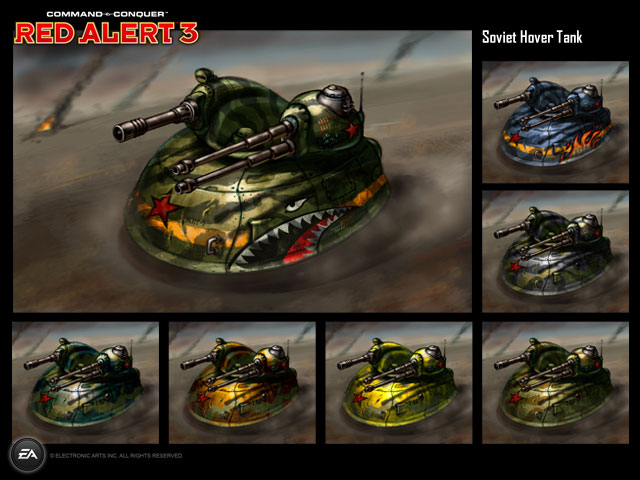

It'd be nice to have gameplay options beyond simply "shoot everything that moves," but Battlezone VR is, if nothing else, true to its roots. And though heavier weapons would have felt a bit more impactful with bigger sound effects and a bit of recoil, the aiming mechanics still function smoothly enough to keep combat feeling intuitive and fun. Enemy AI is relatively dull, but the various enemy tanks and airships still present a threat if you're careless-and blasting them into dazzling piles of glowing shards proves immensely satisfying regardless. When you're not desperately clinging to every sliver of health, however, you can instead focus on enjoying the arcadey action. Every reload becomes painful, extended checkpoint-less missions feels like punishment-the entire experience becomes a chore. When you slow all that down in order to increase your chances of long-term survival, the fun falls off a cliff. It's possible to survive solo if you're extremely methodical and patient, but the gameplay is most fun when you're boosting out of the way of fire and whipping missiles at your enemies on the fly. You have no way to heal, you run out of ammo far more frequently, and you end up spending a huge chunk of your currency purchasing extra lives rather than weapons and upgrades. But when you're playing solo, you have none of those luxuries.Īnd while Battlezone VR might have worked just as well without the "VR," it does make the most of Sony's headset. Thankfully, when you're playing with friends, you can heal and revive each other by parking alongside your injured comrade's tank, and in combat, you employ team tactics like spreading out and forcing powerful turrets to focus on just one of you. You have to start over on a completely new board. For example, if you run out of respawns, the campaign is not only over, it's gone forever.



But the punishing life system certainly can.īattlezone VR's structure borrows certain ideas from roguelikes. While both could have been better, neither the lack of strategy in the meta-game nor the repetitive missions detract too deeply from my overall enjoyment. You can also avoid the super boss with relative ease, or even track down hidden towers within missions to decrease your enemy's overall power and negate that larger threat altogether. Ultimately, the tile meta-game doesn't actually allow for much strategy, especially since the game contains only a handful of unoriginal mission types-defend the base, defend the convoy, attack the comms tower, and so on. But there's a risk: every time you move to a new tile, your enemy's power increases, eventually spawning one or more nigh-unbeatable boss characters that stalk the board until you beat the campaign. Along the way, you can stop off at supply station tiles to purchase new weapons with the currency you earn in-game. Each tile is a mission, which means you can-to an extremely limited extent-choose what you play as you make your way from the starting point to the eventual final stage. Once you select your desired difficulty and duration, the game generates a board of hexagonal tiles. Persistent, unavoidable frustrations drag the experience down at times, but playing with friends ameliorates many of those issues.īattlezone's only mode is a procedurally generated campaign. And at its core, Battlezone VR's classic, straight-forward gameplay works on Sony's new VR machine (especially since the game utilizes a traditional Dualshock controller rather than Sony's Move wands). As a cockpit-based game set in a digital, Tron-like world, Battlezone is a natural fit for VR, a platform that excels at immersing players in seated experiences. After being ported and rebooted many, many times since its initial release way back in 1980, Atari's classic first-person hover tank shooter may have at last reached its final form.


 0 kommentar(er)
0 kommentar(er)
